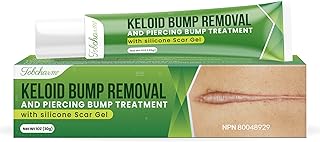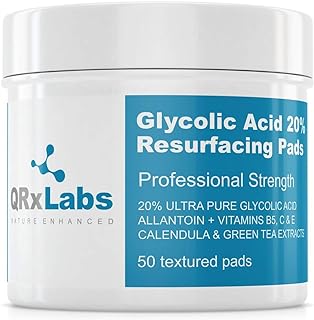5 important factors worth considering when looking for the best chemical peels
When it comes to taking care of your skin, choosing to use chemical peels is a big decision. If you want to have flawless and youthful-looking skin, you need to understand what to look for when picking the right chemical peel. It’s not just about getting amazing results – you also need to think about your skin type, what you want to achieve, and any potential risks involved. With so many choices out there, it’s important to focus on finding a peel that works well, is safe, and getting advice from an expert for a glowing complexion.
See our guide to the best chemical peels.
Skin type
Choosing the right chemical peel for your skin depends on knowing your skin type. Oily, dry, combination, or sensitive skin all react differently to different peels. It’s important to consider this to avoid bad results or negative reactions.
If you have oily skin, salicylic acid peels are a good choice. They can go deep into pores and help with oil control. On the other hand, lactic acid peels are better for dry skin. They exfoliate gently without taking away moisture.
Sensitive skin needs extra care, so milder peels like mandelic acid are recommended to avoid irritation. People with combination skin may need to use different peels on different parts of their face.
By thinking about your skin type, you can pick the right peel for you. This not only gives you the best results but also reduces the risk of problems. The key is choosing a peel that meets your skin’s needs, so you can benefit from it effectively.
Concentration of active ingredients
When buying chemical peels, one important thing to consider is how strong the active ingredients are. Some people might be drawn to products that have a lot of powerful ingredients, thinking that more is better. But what really matters is not how many ingredients there are, but how concentrated they are in the product. Higher concentrations of active ingredients can give you better results, but they can also be risky if not used correctly. It’s important to find the right balance between effectiveness and safety when choosing a chemical peel that fits your skin type and concerns.
It might be tempting to choose the strongest chemical peel available to see quick improvements in your skin. But starting with a lower concentration can help your skin get used to the treatment and reduce the chance of irritation or damage. Using milder peels consistently can also have long-term benefits, making your skin look and feel better over time. By focusing on the right concentration of active ingredients rather than just how strong the peel is, you can have healthier skin in the long run. Remember, successful chemical peels depend not on how strong the product is, but on whether it works well with your skin and its needs.
PH level of the peel
When you buy chemical peels, it’s important to think about the pH level. The right pH helps the peel go into the skin at the right depth without hurting it. Different skin types need different pH levels, so choose a peel that suits your skin. A good peel with the right pH can make your skin look and feel better.
Not paying attention to the pH of a peel can lead to bad results or skin problems. It’s important to find a peel that balances acidity with what your skin can handle. By thinking about pH when you pick a peel, you can make sure your skin gets the benefits it needs, leading to better skin and more confidence.
Potential side effects
Before purchasing chemical peels to use at home, it’s important to know about the possible side effects. These products have many benefits, like making your skin look fresh and smooth, but you need to be careful when using them. One common side effect is skin irritation, which might make your skin red, sting, or feel like it’s burning. This reaction usually goes away on its own and you can help by moisturizing and staying out of the sun. If you have sensitive skin or certain skin conditions, you should be extra careful and might want to talk to a dermatologist before using chemical peels.
Using chemical peels the wrong way or using them too much can cause more serious side effects, like skin discoloration, scars, or burns. It’s really important to read and follow the instructions that come with the product and test it on a small area of skin first. You should also start with a lower strength peel and slowly increase it to avoid having a bad reaction. Overall, while chemical peels can improve your skin, it’s important to learn about the possible side effects and take steps to stay safe and get good results.
Treatment goals
When buying chemical peels, it’s important to have clear goals that match your skin needs. Whether you want to reduce acne scars, dark spots, or just have better skin, knowing what you want before you start can make the peel work better. It’s also important to set realistic goals based on your skin type to make sure the treatment goes well and you aren’t let down.
Talking openly with your dermatologist or skincare professional is key to getting the best chemical peel for your needs. By sharing your concerns and goals, you help them create a treatment plan that fits you best. Remember, getting great skin is a team effort between you and your skincare expert. By being clear about your goals and talking openly, you can have a great experience that not only improves your skin but also boosts your confidence.
Conclusion
In conclusion, chemical peels have a big impact on making skin look better. It’s important to be careful and do research before getting one. Understanding the different types of peels can help you choose the right one for your skin. With careful use and advice from skincare experts, chemical peels can improve your skin’s health and appearance. Want more info on couch cover for moving, check the best couch cover for moving.

